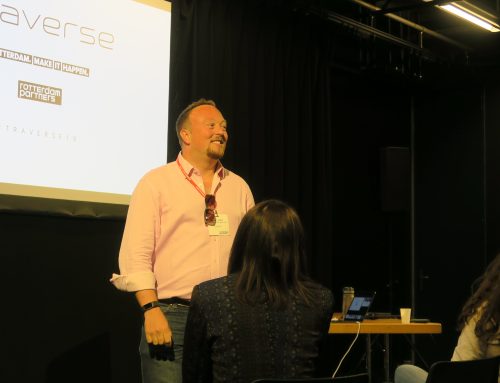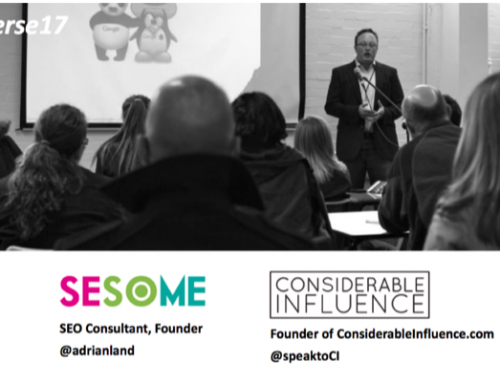For anyone even slightly invested in the digital world, it’s hard to imagine it without ‘the blogger’. Rarely is a new product launched or promoted these days without a recognisable face from online realms merrily endorsing it, and social channels would be nothing without regular visual updates of influential blog writers’ latest exploits. Rewind even a mere five years however, and the term ‘blog’ was only really associated with weekend hobbyists, unchecked ‘Livejournal’ templates and monthly posts about recalcitrant pet cats.
In an almost unprecedented ascent of the digital media ladder, bloggers have gone from overlooked dabblers, straight to the very epicentre of the marketing world. And not just digital marketing either. Blog superstars are now commonplace as protagonists in above-the-line campaigns too – see the likes of Zoella, That Pommie Girl and the host of beauty bloggers featured in Avon’s recent TV advert to name a few.
The phenomenon of working with bloggers to endorse products is now so prominent, that it has lead to the reinvention of the term ‘influencer marketing’. In a survey conducted last year, it was estimated that businesses make an average of $6.50 for every $1 spent on influencer (usually blogger) marketing. And not to mention that a whopping 74% of consumers rely on social media influence to inform their purchasing decisions. Pretty powerful stuff hey?
Anyway, enough labouring of the point – the fact is that bloggers pretty much rule the roost when it comes to marketing in 2016. With polished and consistent branding, slick, considered imagery and relevant, regular posts, bloggers have become the editors, writers and producers of their own online magazines – a world away from the glorified diarists they were once considered to be. And, just to be clear, we’re talking ‘online magazines’ with monthly readerships and subscriptions that would make most Editors-at-Large green with envy.
At this point, it may be apt to examine how bloggers have managed to occupy this lofty plinth of digital dominance. Particularly as, undeniably, anyone could legitimately and easily start a blog themselves. But perhaps that is just it – the fact that anyone could be a blogger is what makes their influence so important. In a way that a magazine with a varied team of faceless (and often outsourced) writers rarely does, a blog can become a reliable source of information and entertainment that its readers can relate to on a personal level. A blog’s readers are loyal, trusting, supportive and, most importantly, ENGAGED. They feel a connection with the blogger they follow that cannot be replicated by a publication or brand, but which can be, and readily is, converted into sales of any products and services the blogger endorses.
Faced with this onslaught of facts and stats, you may be forgiven for thinking that the average successful blogger has it pretty sweet. One 200 word post or carefully worded tweet can be enough to make easy hunnids within hours, leaving plenty of time to bake, travel and/or strategically apply make-up. This is possibly the most dangerous assumption that any marketer can make in 2016. Underestimating the power of influencer marketing is a perilous game indeed.
Firstly, the notion that very little effort goes into a blogger-brand collaboration is an erroneous one. Think of the blogger workload as an iceberg – the visible tip consists of creating posts and social media updates. Below however, there’s a hell of a lot going on. Bloggers are their own content production team, creative directors, photo editors, graphic designers and features writers. And that’s not even cracking open the bulging can of worms that is website maintenance. Needless to say, a blog is also worthless from an influencer marketing perspective without active and engaged social channels, which can easily equate to hours of scheduling, liking, commenting, hashtagging and curating content, for a slow and gruelling build up of followers.
By far the most salient thing to remember when it comes to the power and significance of influencer marketing, is exactly what goes into forming a focused and engaged audience. The audience is the lucrative commodity of the influencer, as it is what brands are so keen to make use of. When working with the right influencer, a brand can reach a honed, interested and loyal customer base – a hugely valuable resource not to be sniffed at. Steadily, albeit slowly, the marketing world is waking up to this fact, and more and more tools and platforms to connect brands and influencers are cropping up.
The story of the blogger is a unique one, but also a perfect case study of how modern marketing is endlessly transforming. In just a few short years, the mantle of ‘blogger’ has gone from being a sidelined, hobby signifier, to a legitimate and sought after job title with tremendous capacity for influence. Any brand that hasn’t yet recognised the power of that, is already at a disadvantage.















